1979 Islamic Revolution
- Killed: Estimates range from 2,000 to more than 3,000
- Detained: Thousands
- Flashpoint: Social Injustice, Political Repression, Corruption, and Religious Motives
- Location and Scope: Protests spread to nearly all major cities and included millions of participants
Major protests against the rule of Shah Mohammad Reza Pahlavi began in January 1978 after an Iranian newspaper, Ettelaat, published a front-page editorial insulting Ruhollah Khomeini, a well-respected cleric, at the direction of the Shah. In reaction to the publication, several thousand protesters attacked symbols of the monarchy and clashed with security forces in the conservative city of Qom.
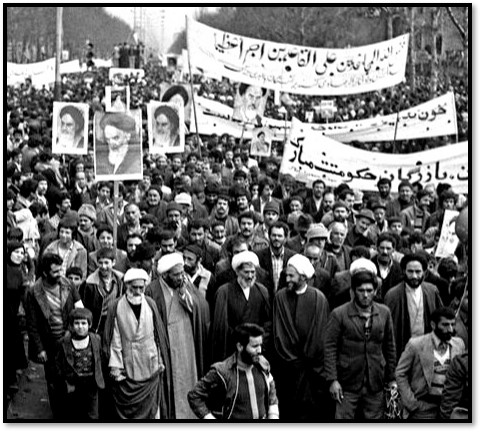
The opposition movement attracted millions of Iranians from all social strata. The monarchy was brutal, repressive and did not have popular support. Leftists wanted a more democratic system of government. Conservatives opposed the monarchy’s rapid westernization and secular outlook. High unemployment and rising inflation after the 1977 economic collapse, exacerbated tensions.
Between March and May 1978, the unrest spread to more than three dozen Iranian cities. On September 8, 1978, a day known as “Black Friday,” the regime imposed martial law and security forces opened fire on demonstrators in Tehran’s Jaleh Square, killing more than 100. By December 1978, protests had spread to nearly all of Iran’s major cities and dozens of smaller towns.
The Shah and his family fled the country for Egypt on January 16, 1979. Khomeini returned from exile and was welcomed by millions of people in the streets of Tehran. Khomeini officially took control of the government after a referendum establishing the Islamic Republic on April 1, 1979.
1999 Student Protests
- Killed: at least 4
- Detained: estimates range from 1,200 to 1,400
- Flashpoint: Press Freedom
- Location and Scope: Epicenter in Tehran but spread to other Iranian cities with an estimated 10,000 participants
On July 8, 1999, students at Tehran University gathered to protest the government’s closure of a popular reformist newspaper, Salaam. The student groups supported then President Mohammad Khatami (1997-2005) and his reformist political faction, the Association of Combatant Clerics, which operated Salaam. The demonstrations were initially peaceful. But later that evening, security forces attacked a Tehran University dormitory where the student protesters were holed up. Riot police beat the students with clubs and set several rooms on fire. At least one student was killed and hundreds more were wounded. Police arrested more than 1,500 of the protesters.
The attack on the student dormitory sparked widespread anger and protests that spread across the country. More than 10,000 demonstrators chanted slogans against government hardliners and clashed with police in the streets.
Protests continued for six days. By the end of the unrest, at least four protesters were killed and an estimated 1,200 to 1,400 were detained. Khatami seemed helpless to protect his base of supporters. His silence when security forces and thugs beat up protesting students at Tehran University were indicators that he had lost the initiative. Control had passed to the hardliners. The government finally quelled the protests on July 13 after a ban was announced on rallies. But the student protests laid the foundation for the Green Movement a decade later.
The 2009 Green Movement
- Killed: at least 100
- Detained: at least 4,000
- Flashpoint: Election Fraud and Corruption
- Location and Scope: Millions of participants joined protests in at least 10 major cities
The Green Movement took its name from a green sash given to Mir Hossein Mousavi by Mohammad Khatami, Iran’s two-term president and the reform movement’s first standard-bearer. It reached its height when up to 3 million peaceful demonstrators turned out on Tehran streets to protest official claims that Mahmoud Ahmadinejad had won the 2009 presidential election in a landslide. Their simple slogan was: “Where is my vote?” The movement soon embodied the frustrated aspirations of Iran’s century-old quest for democracy and desire for peaceful change.
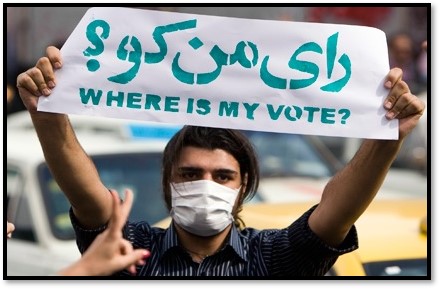
Over the next six months, the Green Movement evolved from a mass group of angry voters to a nation-wide force demanding the democratic rights originally sought in the 1979 revolution, rights that were hijacked by radical clerics. Every few weeks, protesters took to the streets to challenge the regime and its leadership. But by early 2010, the regime had quashed public displays of opposition. The Green Movement retreated into a period of soul-searching and regrouping.
Riot police and Basij paramilitary forces violently suppressed the demonstrations immediately following the election, which attracted more than 40,000 Iranians. Between June 2009 and February 2010, more than 30 protesters were killed and 4,000 were arrested.
For more information on the Green Movement, click here.
2017-18 Economic Protests
- Killed: at least 22
- Detained: at least 3,700
- Flashpoint: Economic Grievances
- Scope and Location: Protests began in Mashhad but spread to more than 140 cities and provincial towns with at least 42,000 participants
On December 28, 2017, demonstrators in Mashhad, Iran’s second largest city, took to the streets to protest the government’s economic policies and the high prices of basic goods and commodities. The demonstrations quickly spread across the country to over 140 cities in every province, organized largely through social media messaging apps. The scope of the protests also expanded from economic woes to Iranian involvement in the Middle East and calls for regime change. Slogans included “not Gaza, not Lebanon, my life for Iran,” “leave Syria, think about us,” “Khamenei, shame on you, leave the country alone!" and "death to the dictator.” The protests were the largest and most intense since the 2009 Green Movement. But unlike the Green Movement, the 2017-18 protests were largely leaderless and disorganized. After two weeks of protests, at least 22 protesters were killed and more than 3,700 were detained.
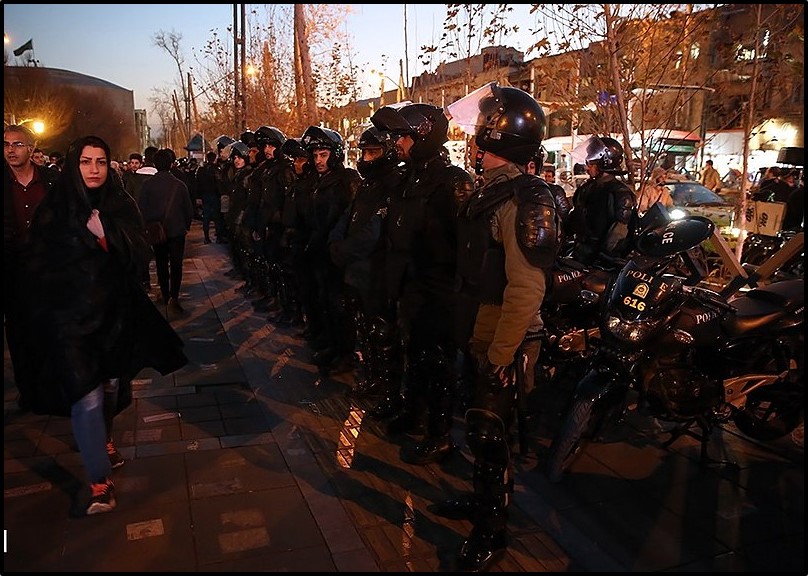
2019 Price Hike Protests
- Killed: At least 304
- Detained: At least 7,000
- Flashpoint: Fuel Prices
- Location and Scope: Protests spread to at least 100 cities and towns with more than 200,000 participants
In a surprise overnight announcement on November 15, 2019, Iran hiked gas prices—by up to 300 percent—and introduced a new rationing system. The government’s goal was to raise funds to help the poor, but it backfired. The protests swept 100 cities over four days. They first broke out in oil-rich Khuzestan province, in Iran’s southwest but quickly spread to other regions, including Mashhad, a conservative stronghold and Iran’s second largest city, in the northwest. Demonstrators reportedly chanted anti-government slogans, including, "Have shame Rouhani, Leave the country alone!"
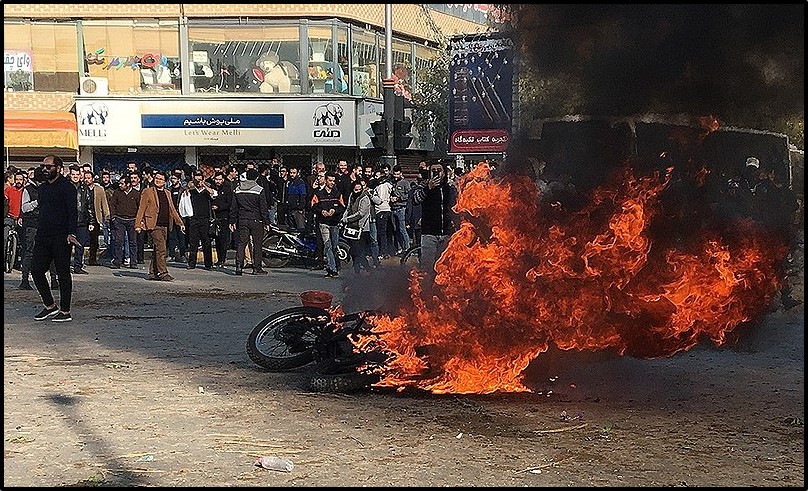
The regime used tear gas, water cannons and live ammunition to disperse the protesters. The government also nearly completely shut down the internet for five days to prevent images of the protests and crackdown from spreading over social media.
By December 2, at least 208 protesters had been killed, according to Amnesty International. The Center for Human Rights in Iran estimated that 4,000 people were arrested. Iran rejected the reports by outside groups. The State Department estimated that the regime killed more than 1,000 people, including at least a dozen children, but acknowledged that verification was difficult. Special Representative for Iran, Brian Hook, said U.S officials “know for certain” that the death toll was in the “many, many hundreds.” Iranian officials told Reuters that some 1,500 people were killed.
January 2020 Protests
- Killed: unknown
- Detained: at least 30
- Flashpoint: Government cover-up of the downing of a Ukrainian airliner
- Scope and Location: Protests began in Tehran but spread to all major cities, including at least 18 university campuses
On January 11, 2020, Iranians launched anti-government protests after officials admitted that the Revolutionary Guards had mistakenly shot down Ukraine International Airlines Flight 752. All 176 people on board, including dozens of Iranians, were killed. Iranians were enraged at the government’s incompetence and for denying responsibility for three days. In Tehran, demonstrators gathered at university campuses and shouted “Death to the liars.” On the second day, protests spread across other major cities despite the deployment of riot police, the Revolutionary Guards and plainclothes police. Protests were reportedly at 18 university campuses across the country. Demonstrators shouted “Clerics get lost!” and deliberately avoided walking over American and Israeli flags. Police reportedly used tear gas and live ammunition against protestors. By January 16, protests had largely subsided. Only small demonstrations were reported in Isfahan and Sanandaj during the funeral services in both cities for people killed who were on the flight.
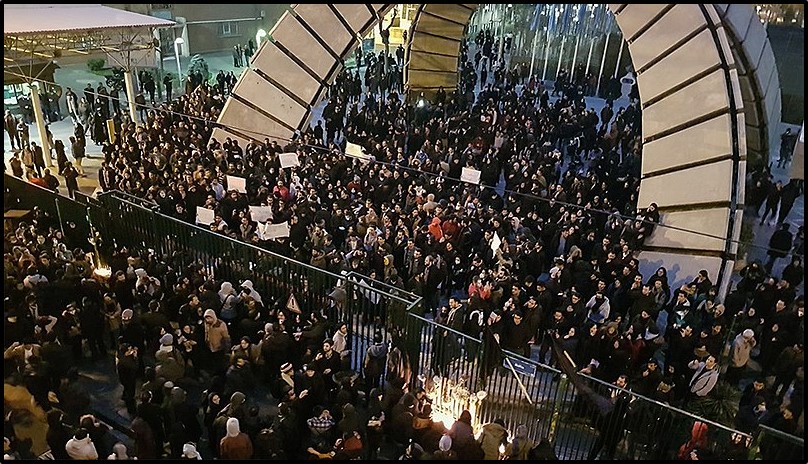
Iranian officials said that 30 people had been arrested for their involvement in “illegal” demonstrations. They dismissed reports about violent crackdowns and said “legal protests” would be tolerated. Tehran’s police chief acknowledged that security forces had fired tear gas but denied that they had used live ammunition in the crackdown. It was difficult for international groups to gather estimates on number of protestors killed and detained. The government restricted journalists to limited coverage of the five-day protests.
2022 Mahsa Amini Protests
- Killed: More than 500
- Executed: Seven as of May 2023
- Detained: Nearly 20,000
- Flashpoint: Death in detention of Mahsa Amini, a 22-year-old Kurdish woman detained for “improper hijab”
- Scope and Location: Protests began in Tehran, where Amini died, and Kurdistan, her home province, but spread to all of Iran’s 31 provinces, including more than 100 cities and universities.
On September 16, 2023, Mahsa Amini, a 22-year-old Kurdish woman detained days earlier for “improper hijab,” died in the custody of Iran’s morality police. Protests erupted over her death and the regime’s suppression of personal freedoms. Protesters chanted “Woman, Life, Freedom” and “Death to the Dictator,” a reference to Supreme Leader Ayatollah Ali Khamenei, during nationwide demonstrations that lasted into early 2023. Many women and schoolgirls removed their mandatory headscarves in public in a symbolic show of protest against the government. The demonstrations were the most significant since the 2009 Green Movement. But security forces were able to maintain control. Most demonstrations included just dozens or hundreds of people, in contrast to the millions who turned out in 2009.

The protest hotbeds were in the capital of Tehran as well as the provinces of Kurdistan and Sistan and Baluchistan, home to the minority and oppressed Kurd and Baloch populations, respectively. University students and schoolgirls were also major drivers and organizers of protests. During the first two months, young Iranians demonstrated at some 140 universities in all 31 provinces.
The Islamic Republic denied any wrongdoing in Amini’s death and cracked down harshly on protesters. Security forces shot live ammunition, rubber bullets, and tear gas at demonstrators and beat those who gathered in public. They reportedly killed hundreds, including children, and detained nearly 20,000 people. The government surveilled Iranians through drones and social media and cut internet access.
The judiciary played a key role in the government crackdown. By early 2023, nearly 15,000 Iranians had reportedly served prison sentences and hundreds had been convicted of crimes. Dozens faced the death penalty, mainly for the crimes of “corruption on earth” and moharebeh, or “enmity against God.” Seven protesters were hanged, including three in mid-May 2023 despite the fact that protests had largely died out months earlier.
Related Material: Protests Erupt After Death in Detention
Related Material: Iran's Tactics During Protests
Related Material: Explainer: Harsh Sentences for Iranian Protesters
Related Material: Explainer: Iran's University Protests
Related Material: Explainer: Iran’s Gen Z Protests
